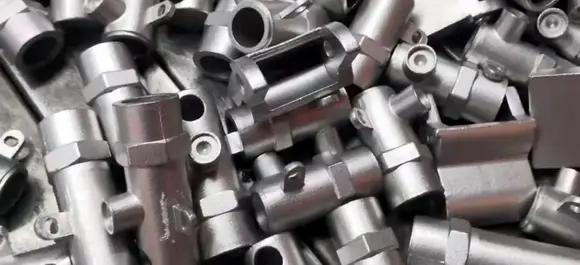Mobile:+86-311-808-126-83
Email:info@ydcastings.com
Italian
High-Quality Globe Valve Casting Manufacturer
The Importance of Globe Valve Casting in Industrial Applications
Globe valves play a crucial role in various industrial applications, serving as essential components for regulating fluid flow. The effectiveness and reliability of these valves heavily depend on the quality of their casting. In this article, we will explore the casting process of globe valves, its significance, and the factors that influence the quality of the final product.
Globe valves function by using a movable disk or plug element that regulates flow through a spherical body. Their design allows for better control over flow compared to other valve types, making them indispensable in applications where precise flow regulation is necessary, such as in power plants, oil and gas refineries, and water treatment facilities. However, to ensure that these valves perform optimally under various conditions, the casting process must be executed with precision and care.
The casting process begins with the creation of a mold, which is crafted to the exact specifications of the valve design. Typically, metal patterns are used to form the mold, which can then be filled with molten metal to create the valve body. Common materials for globe valve casting include cast iron, carbon steel, stainless steel, and various alloys, each chosen based on the application’s requirements such as temperature, pressure, and corrosion resistance.
globe valve casting

One key factor in the quality of globe valve casting is the casting method employed
. There are several techniques, including sand casting, investment casting, and die casting, each with its advantages and limitations. Sand casting is often favored for large-scale production due to its flexibility and low cost, while investment casting offers superior surface finish and dimensional accuracy, making it suitable for high-precision applications. The choice of casting method can significantly affect the mechanical properties, surface finish, and overall performance of the final product.Another critical aspect of globe valve casting is the cooling process. Proper cooling rates are vital to avoid defects such as porosity and cracking. Uneven cooling can lead to internal stresses within the casting, compromising the valve's integrity and performance. Manufacturers must carefully control the cooling environment, often using techniques like controlled atmospheres or heat treatment processes to ensure uniform cooling and thereby enhance the material properties of the casting.
Quality assurance is paramount in the casting of globe valves, as any defect can lead to catastrophic failures in critical applications. Rigorous testing, including non-destructive testing methods such as ultrasonic and radiographic inspections, is essential to detect any potential issues before the valve is put into service. Additionally, adherence to industry standards such as ASTM and ASME ensures that the casting meets the required specifications for safety and performance.
In conclusion, globe valve casting is a complex process that requires meticulous attention to detail at every stage, from mold creation to cooling and quality assurance. As industries continue to evolve and demand higher standards of efficiency and reliability, the importance of advanced casting techniques and high-quality materials in globe valve production will only grow. Understanding these processes not only enhances the performance of globe valves but also contributes to the safety and efficiency of various industrial operations.
-
Superior Aluminum Castings in Automotive Engine PartsNewsAug.22,2025
-
Common Materials Used in Fan Housing ManufacturingNewsAug.22,2025
-
Symptoms of a Stuck Automobile Water Pump ImpellerNewsAug.22,2025
-
The Importance of Valve Castings in Water TreatmentNewsAug.22,2025
-
Welding Techniques for End Cap Stainless Steel FittingsNewsAug.22,2025
-
How to Install a Water Pump Connector ProperlyNewsAug.22,2025











